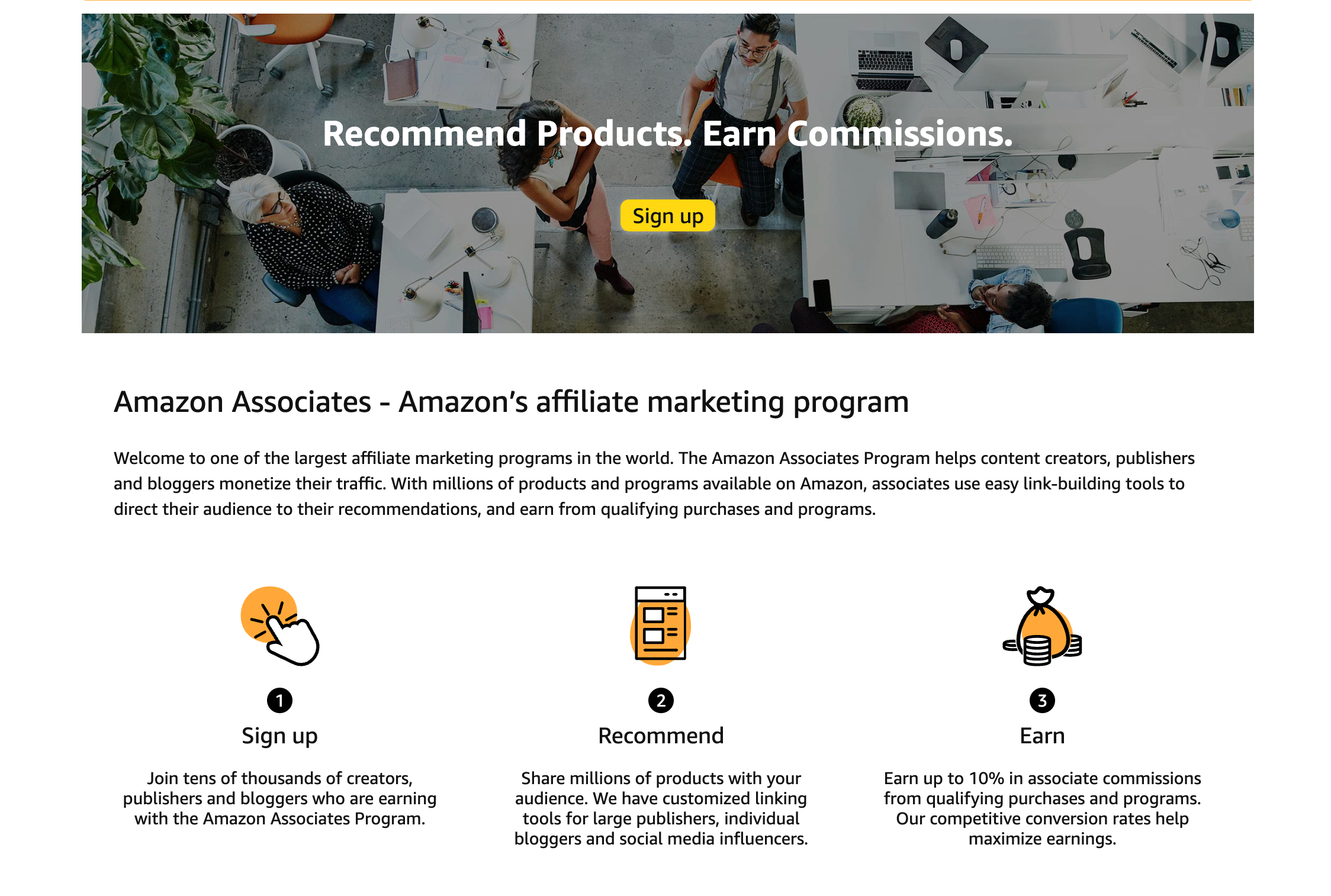
This page may contain affiliate links. Please read my disclosure for more information.
You’re here reading this because you have the same goals and ambitions as I do. You want to build a business and generate income through affiliate revenue.
Joining the Amazon affiliate program is a fantastic way for aspiring affiliate marketers to get into affiliate marketing without a website. Amazon Associates allows you to promote millions of products that you and your audience are interested in.
Can You Join Amazon Associates Without a Website?
One of the best things about Amazon Associates is that you can sign up and become an affiliate marketer without needing a website.
While a website can be a great asset, Amazon prioritizes quality content and audience engagement. They want affiliates who can genuinely connect with their audience and provide valuable recommendations. So, if you can build trust and share your knowledge on another platform, you can become a successful Amazon affiliate.
Alternative Platforms for Amazon Affiliate Marketing (Besides Websites)
Note: It’s important to be transparent and disclose your affiliate links on all platforms. Always abide by Amazon policies and the policies of the platform you’re using.
Social Media Platforms
Share Amazon affiliate links within posts, stories, and discussions to engage audiences on Pinterest, Facebook, Instagram, TikTok, Twitter, LinkedIn, and more.
Email Marketing
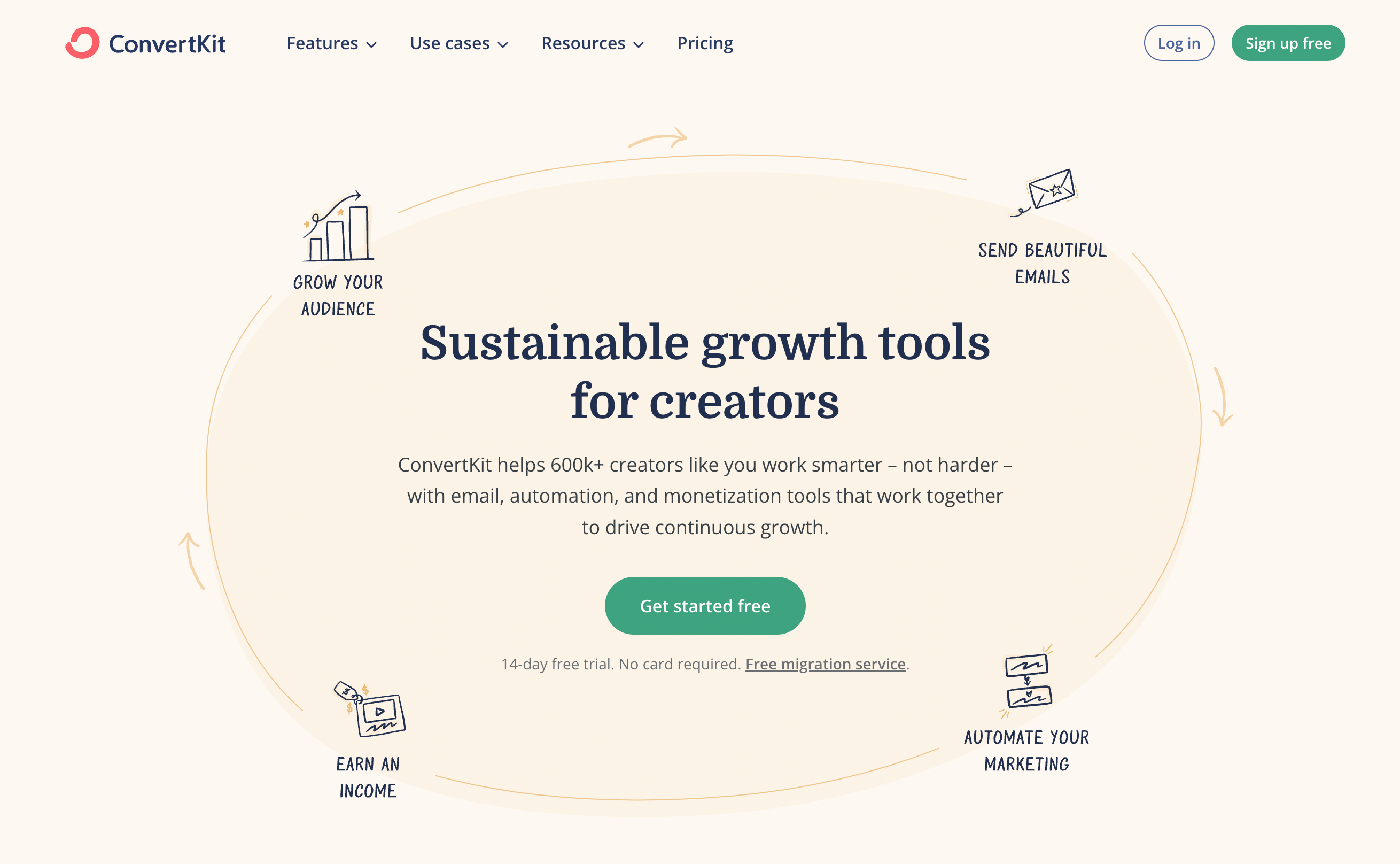
Create engaging email campaigns in ConvertKit to share product recommendations and deals using Amazon affiliate links. Building an email list is a powerful strategy for Amazon affiliates, especially if you don’t have a website. Here’s a detailed approach to growing your email list and leveraging it for affiliate marketing:
1. Create a Landing Page
- A landing page is specifically designed to capture email addresses. Highlight the value of subscribing, such as being notified about your latest content or exclusive deals.
- Use clear and enticing call-to-action (CTA) buttons, and ensure the sign-up process is straightforward.
2. Offer a Lead Magnet
- A lead magnet is a free item or service provided in exchange for contact details. This could be a webinar, a quiz, an eBook, or exclusive content.
- Make your lead magnet relevant to your audience’s interests. For example, if your focus is on healthy foods, an eBook on “smoothie recipes” could be enticing.
3. Utilize Social Media Bios
- Your social media profiles are prime real estate for promoting your email list.
- In your bio section, add a link to your landing page or a direct sign-up form. Make occasional posts encouraging your followers to sign up for more exclusive content.
4. Emailing Your List
Once your list reaches a healthy number of subscribers, start sending out emails. These can include updates, new product reviews, and personalized recommendations. However, balance is key:
- Avoid overwhelming your subscribers with daily emails. Opt for a weekly or bi-weekly newsletter to keep engagement high without being intrusive.
- Make sure each email adds value, whether through insightful content, product discoveries, or exclusive offers. Quality content fosters loyalty and can significantly increase your affiliate link click-through rates.
You can try ConvertKit for free for 14 days – no credit card is required.
YouTube video
Use your YouTube channel to share video product reviews, tutorials, a few personal videos, and unboxing videos, embedding Amazon affiliate links in the video description.
Beehiiv Newsletter
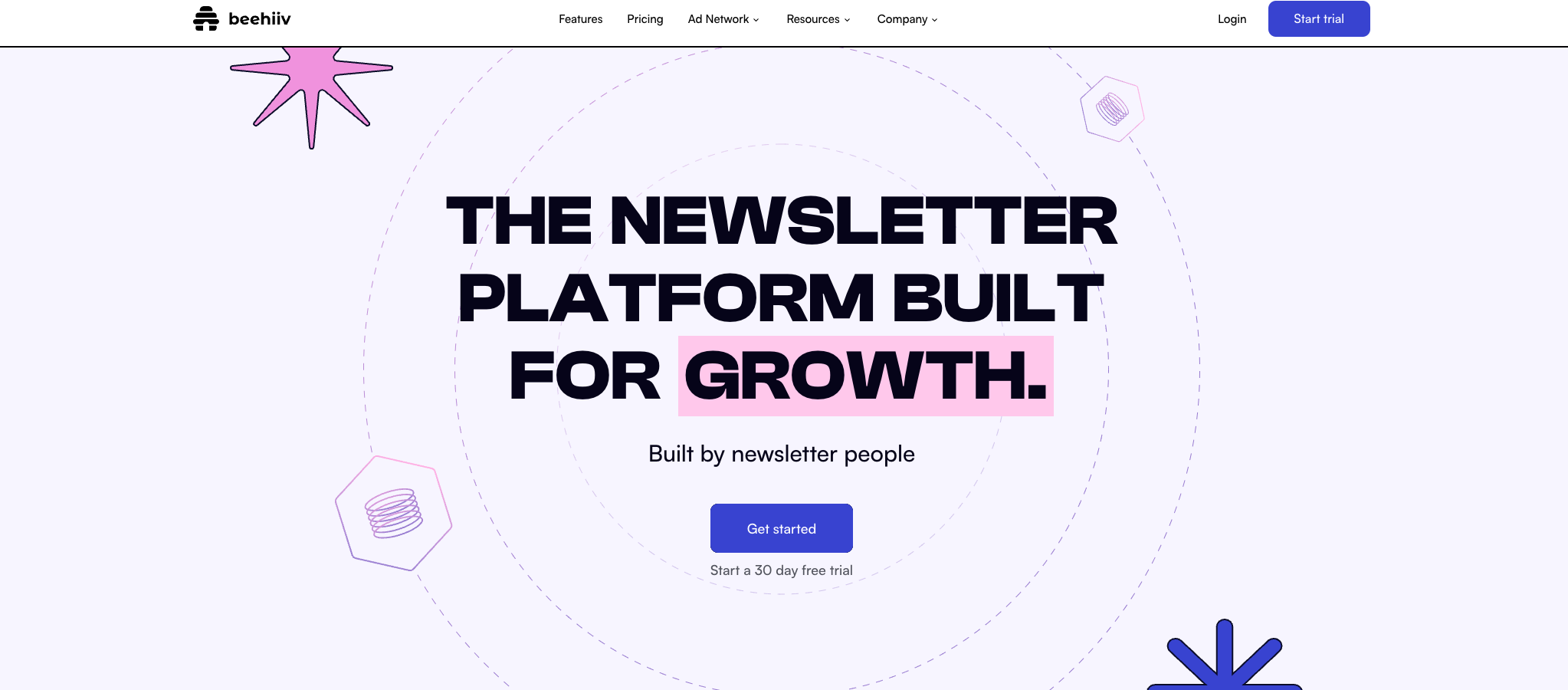
Create a Beehiiv newsletter and build a targeted subscriber list for your niche. Beehiiv’s user-friendly interface makes creating beautiful newsletters really easy. Beehiiv also offers analytics to help you track your performance.
To promote an Amazon affiliate link, you can write engaging newsletters packed with valuable information and product recommendations. This will help you communicate with your audience and build your relationship.
You can also post your newsletters to the web with Beehiiv, helping more people find your articles and affiliate links. If you want to learn more about creating a newsletter, read my Beehiiv review.
Beehiiv gives you a 30-day free trial; no credit card is required.
“Try Beehiiv”
Medium
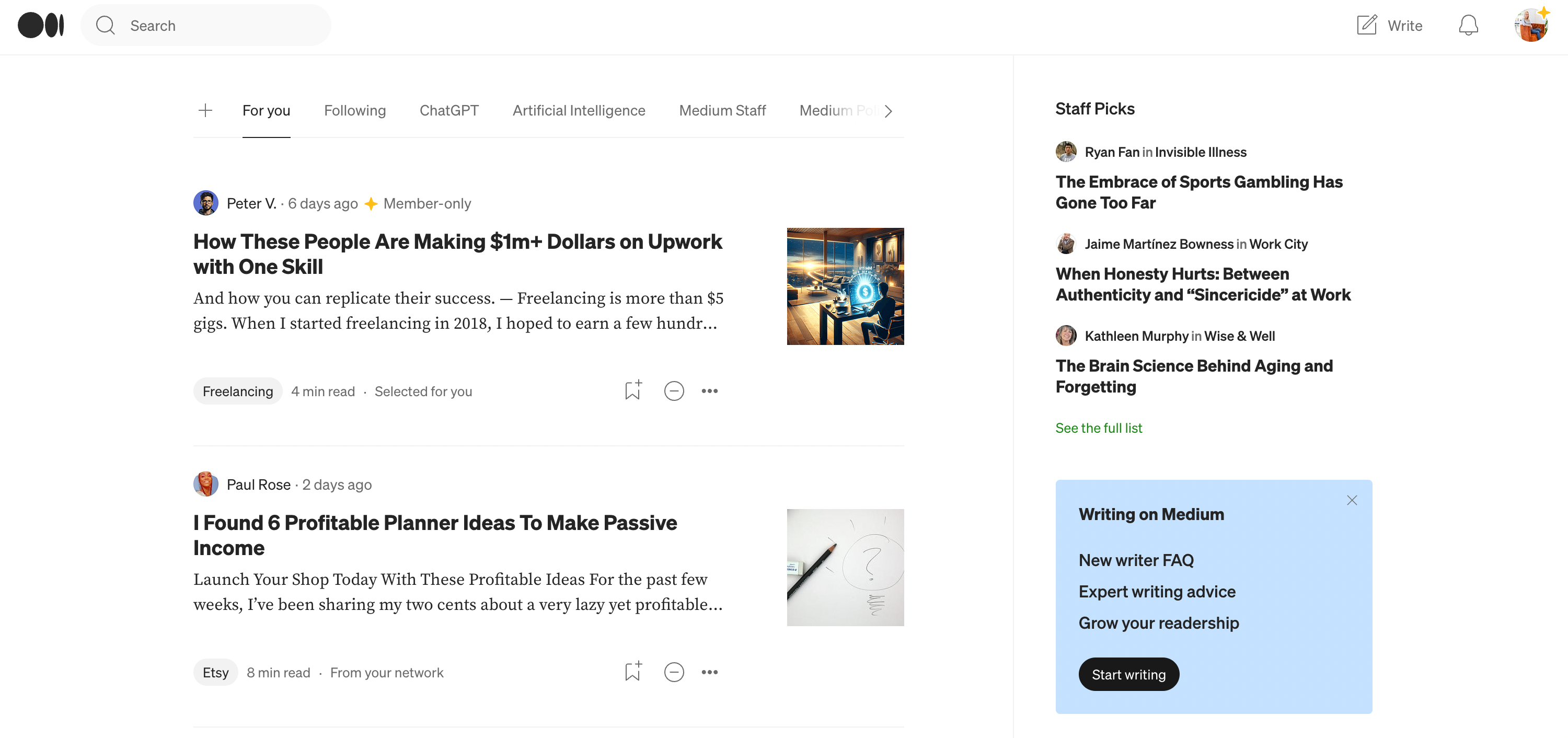
Publish articles related to your niche on Medium, incorporating Amazon affiliate links to monetize your content. Be sure you’re providing value in your articles so you’re not considered spammy. Using Medium for affiliate marketing has many advantages, such as its established audience, SEO (high domain authority) to increase content visibility, and the flexible types of content you can use on the platform, such as articles, audio, and video product reviews. Check out my first Medium article – I Made $3,024 More The First Month I Used Hypnotherapy.
Vocal Media
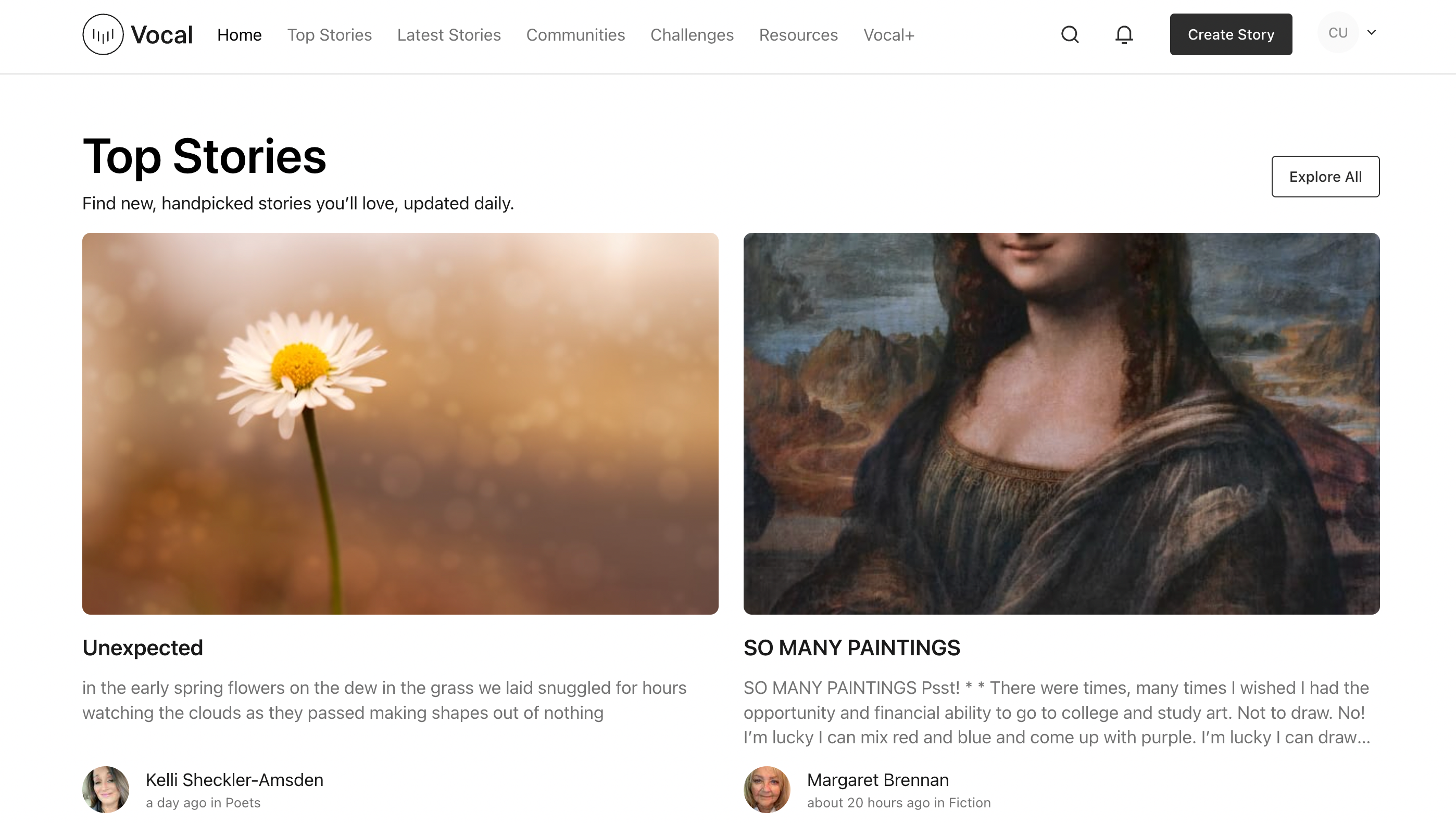
Similar to Medium, Vocal Media offers a platform for long-form content where you can embed Amazon affiliate links within your articles. Write informative blog posts, listicles, or product reviews. Integrate your affiliate links within the content, making sure they provide value to the reader.

Pinterest affiliate marketing leverages Pinterest’s visual nature. You can promote products as an Amazon affiliate and earn a commission on sales made through these links. It’s particularly effective for niches like fashion, home decor, beauty, and DIY projects, where visual appeal plays a significant role in purchasing decisions. Here’s how to approach Pinterest affiliate marketing as an Amazon affiliate:
- Create High-Quality Pins – Your pins should have high-resolution images that accurately represent the product. Use tools like Canva to design pins that stand out, incorporating clear text overlays and branding where appropriate. You can find gorgeous, high-quality images on Elevae Visuals.
- Optimize Pin Descriptions – Write compelling, keyword-rich descriptions for each pin. Include relevant hashtags and a clear call-to-action, encouraging users to click through to the product. The description should provide value and context, explaining why the pinned product is worth checking out.
- Use Rich Pins – If possible, use Rich Pins, which automatically sync information from your website to your pins. For Amazon affiliate marketers without their own website, this step might be more challenging, but you can still create detailed standard pins that direct to Amazon products.
- Create Themed Boards – Organize your pins into well-curated boards based on themes, such as “Summer Fashion Favorites” or “Home Decor Ideas.” This not only helps with discovery on Pinterest but also makes your account more attractive to followers interested in specific topics.
- Follow Pinterest’s Affiliate Link Policy—Make sure you comply with Pinterest’s Paid Partnership guidelines for affiliate links. Pinterest allows affiliate links, but the pins must not be spammy or misleading. Always disclose that your pins include affiliate links.
- Engage With the Community – Like, comment, and repin content from other users to increase your visibility and encourage others to engage with your content. Engagement can lead to more followers and, subsequently, more traffic through your affiliate links.
- Monitor Your Results – Use Pinterest Analytics to track which pins and boards are performing best. Look at metrics like impressions, clicks, and repins to understand what content resonates with your audience. Use these insights to refine your strategy.
- Stay Active – Regularly add new pins and update your boards to keep your account active and engaging. Fresh content is more likely to get discovered by users and the Pinterest algorithm.
- Leverage Tailwind – Consider using Tailwind, an official Pinterest scheduling tool, to automate your pinning schedule. Tailwind allows you to batch schedule pins, analyze performance, and join Tailwind Tribes, communities of like-minded pinners to share content. This can significantly increase your efficiency and reach on Pinterest.
Podcasts
Mention products in your podcast episodes and provide Amazon affiliate links in the episode’s show notes or descriptions. Incorporating Amazon affiliate marketing into your podcast can be a subtle yet effective way to generate revenue. By mentioning products relevant to your audience’s interests during your episodes and providing the corresponding Amazon affiliate links in your episode’s show notes or descriptions, you create a seamless way for listeners to find and purchase these products.
Another effective strategy for podcasters is to encourage listeners to sign up for an email list or download a resource and then follow up with emails containing Amazon affiliate links. This approach allows for more direct engagement with your audience. By providing valuable content or incentives for signing up, such as exclusive episodes, guides, or discounts, you can build a list of engaged listeners.
This method not only monetizes your podcast but also deepens your relationship with your audience by offering them additional value through curated product suggestions. Remember to comply with email marketing regulations and Amazon’s affiliate program policies, and disclose the use of affiliate links in your emails.
If you’re interested in starting a podcast, check out the best 12 podcast hosting sites.
eBooks
Create a free ebook in Canva with Amazon affiliate links and share the ebook through Google Docs. Remember, Amazon’s policy is that the ebook must be free and accessible to everyone if it has affiliate links. Here’s how you can approach it:
Creating an eBook in Canva
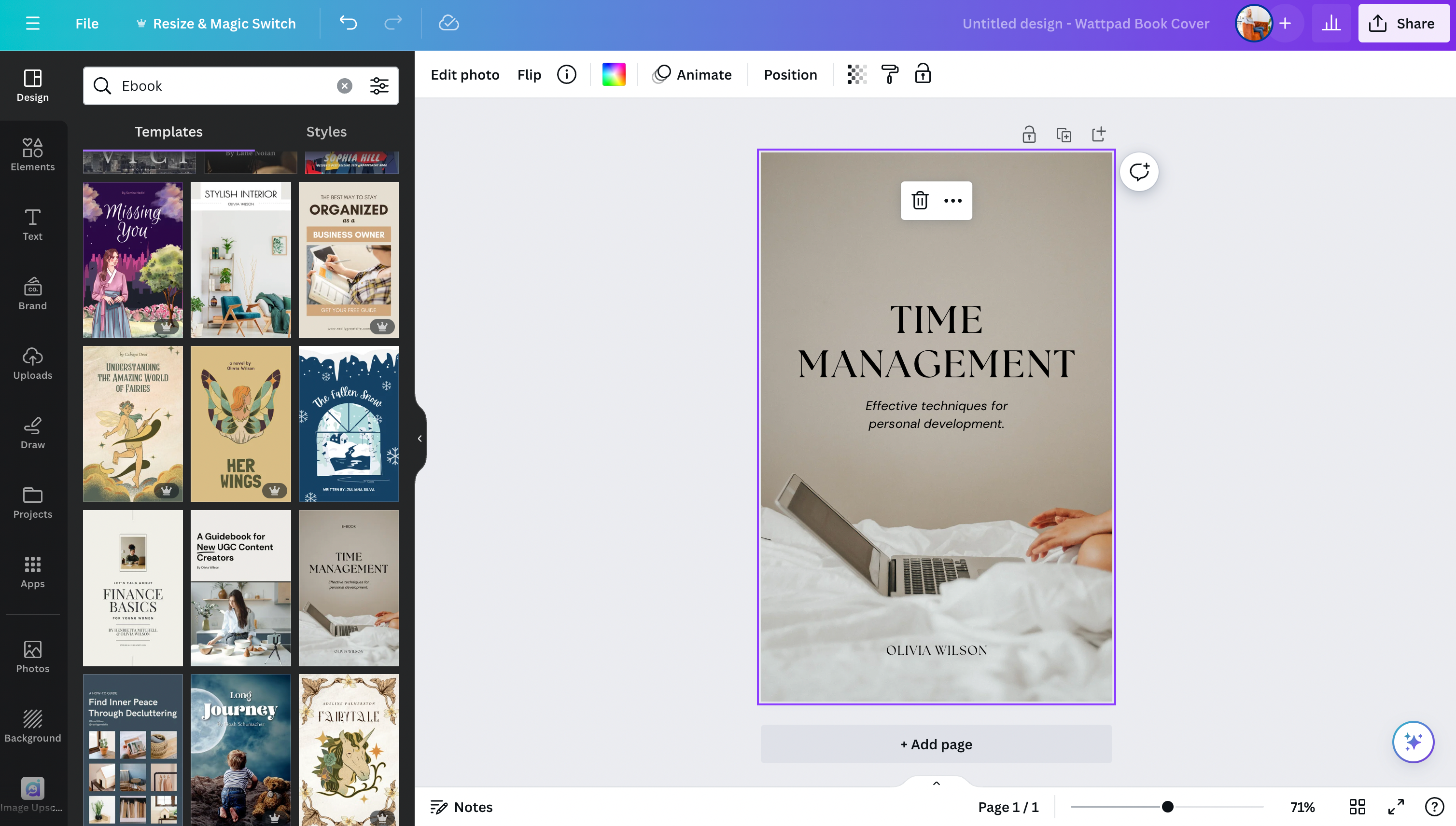
- Log in to Canva and select the eBook template option to start. Canva offers many different eBook templates that you can use for free.
- Use Canva’s design tools to add text, images, and other elements to your eBook pages. For each product recommendation where you intend to use an Amazon affiliate link, consider creating a dedicated section or page that visually highlights the product.
- Once your eBook design is complete, download it as a PDF.
Share on Google Docs
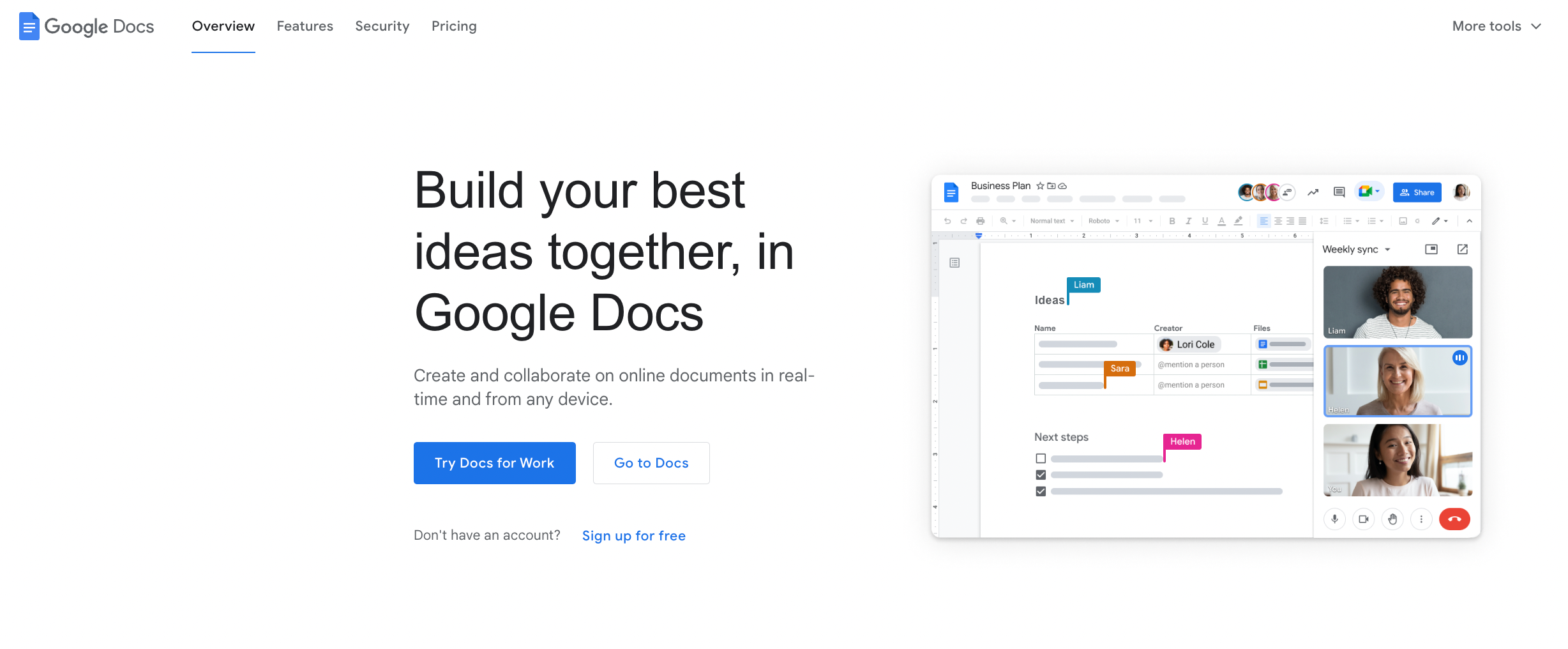
You’ll want to upload your eBook into Google Docs in Word format. Search for a free tool online that will convert a PDF to Word. Once you’ve converted the PDF to a Word document, you can upload it to Google Docs with clickable affiliate links.
Mobile Apps
If you have free mobile apps, you can integrate Amazon affiliate links into relevant content or product recommendations within your app. Your app needs to be approved by Amazon, and there are several restrictions:
- Your app must be available on Google Play, Amazon stores, or Apple.
- It must be free to download and accessible without paying.
- It must have original content.
- Must not copy Amazon’s shopping app.
- Must not host or render Amazon web pages in webviews.

Online Forums and Communities
While most of these communities, like Reddit and Quora, do not allow you to post affiliate links directly in the forums, use these forums to share your expertise, build your brand, and drive traffic.
How to Sign Up for Amazon Associates Without a Website
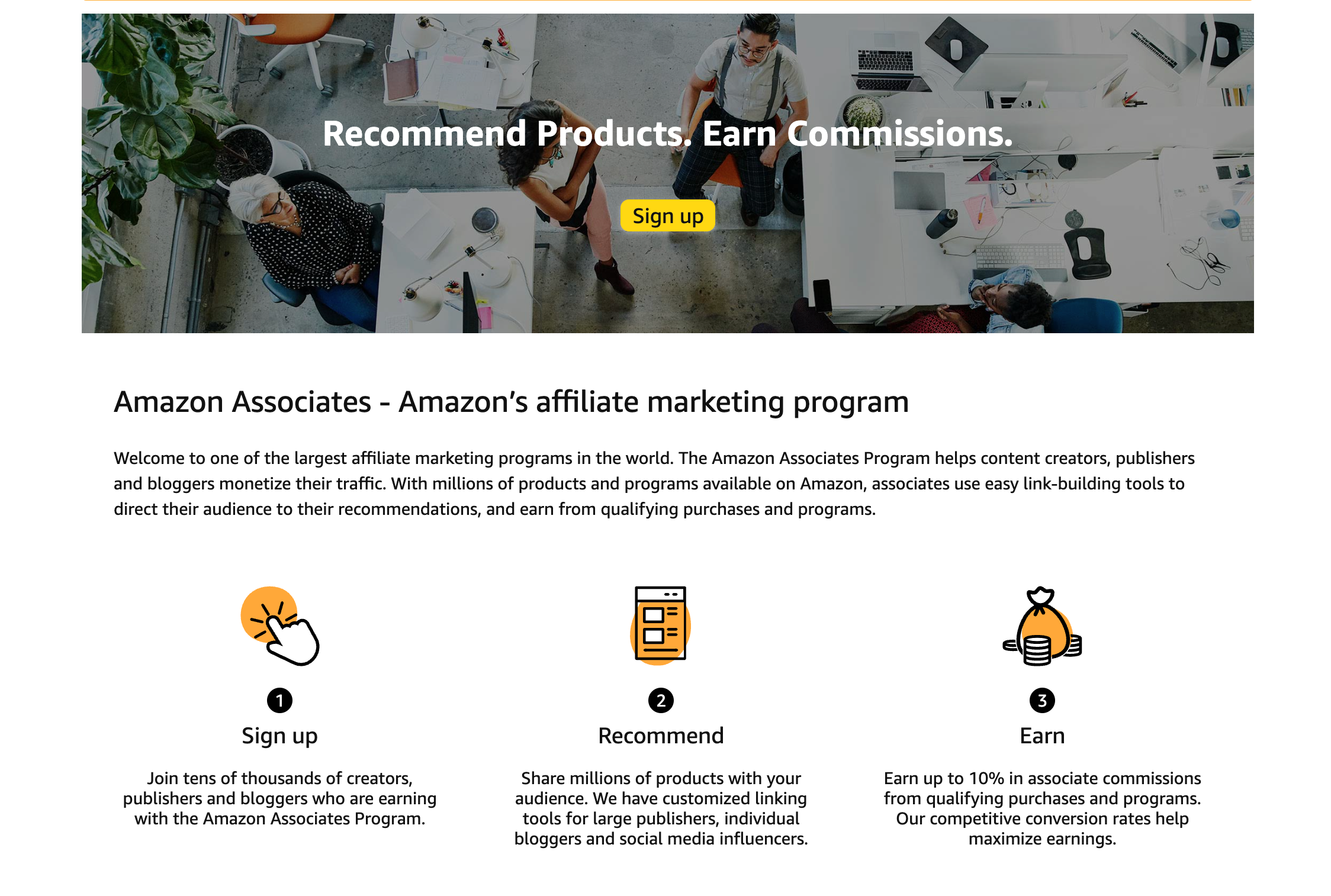
How to Sign Up for Amazon Associates (Without a Website)
- Head to the Amazon Associates Program homepage.
- Create an Amazon Associates account (or sign in) if you haven’t already.
- Sign up for the Amazon Associates Program. Follow the prompts and fill out the application form.
- Enter your account information, including your name, contact details, and preferred payment method.
- You may need to provide tax information depending on your location. Follow Amazon’s instructions for this step.
- You can leave the “Your Website” field blank for now. Having a website isn’t mandatory for using an Amazon affiliate account. In the example below, I used my Medium URL and Pinterest profile URL, and Amazon accepted them as valid websites.
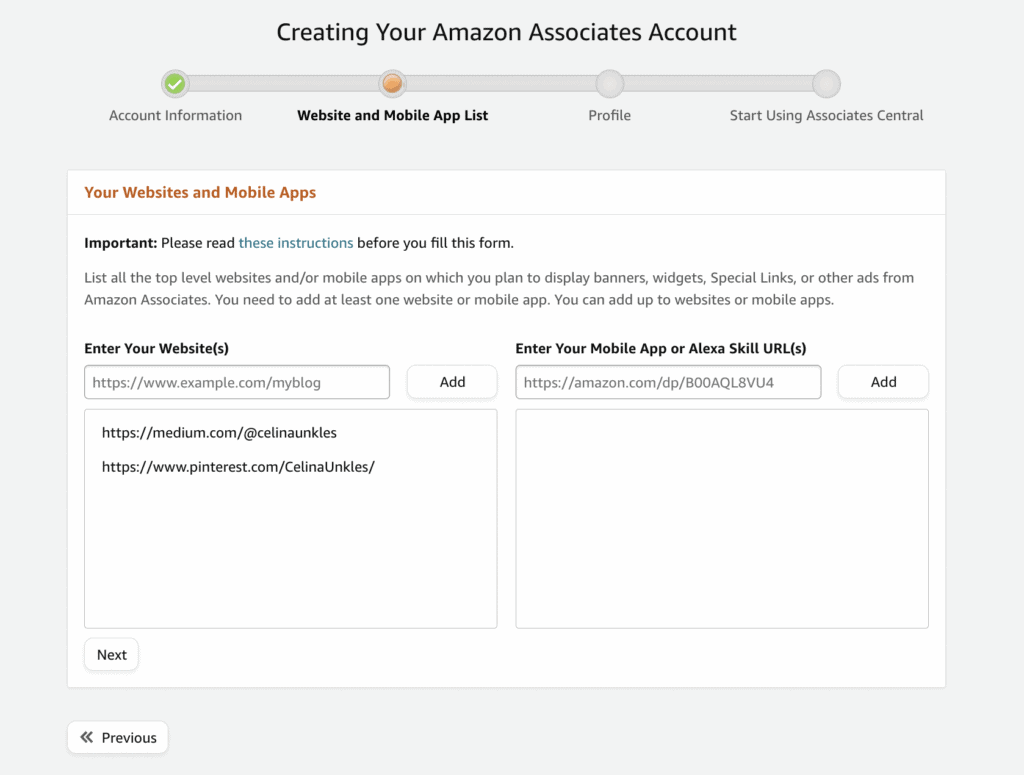
7. If you create a website in the future, you can always come back and update your account information.
8. Review and submit your application. Amazon will review it (usually within a few days). Once approved, you can start creating affiliate links for any product on Amazon!
Promoting Amazon Affiliate Products
While including your affiliate links is important, it shouldn’t be the sole focus of your content. Organic integration is key! Focus on creating valuable and engaging content that resonates with your audience. Here are some additional tips:
- Address Pain Points – Identify the problems or challenges your audience faces and showcase how the Amazon affiliate products you recommend can provide solutions.
- Authentic Reviews – Don’t just regurgitate product descriptions. Offer your honest opinions and personal experiences with the products to build trust.
- Storytelling Power – Weave compelling stories around the products, demonstrating how they can improve users’ lives. This creates a deeper connection with your audience.
Additional Tips for Affiliate Marketers
Best Practices for Promoting Amazon Products:
- Transparency: Always disclose your affiliate status to your audience in a clear and honest manner. This means informing them that you earn a commission on purchases made through your affiliate links, in compliance with FTC guidelines and Amazon’s own policies.
- Follow Amazon’s Program Guidelines: Amazon Associates has specific rules regarding how and where you can share affiliate links. Familiarize yourself with these guidelines to avoid violations that could lead to being banned from the program. This includes avoiding prohibited promotional methods and ensuring your content adds genuine value beyond just facilitating sales.
- Focus on Quality Content: Provide insightful, informative content that helps your audience make informed purchasing decisions. Whether it’s through product reviews, tutorials, or comparison guides, high-quality content can drive affiliate sales more effectively.
- Monitor Performance: Use Amazon’s built-in analytics to track the performance of your affiliate links. Analyze what works and refine your strategies accordingly to maximize your earnings.
Consider a Website
While promoting Amazon products without a website is entirely possible, having your own website and dedicated platform can improve your affiliate marketing efforts and make your business more profitable. If you’re interested in creating a website, here are some platforms to consider:
Showit
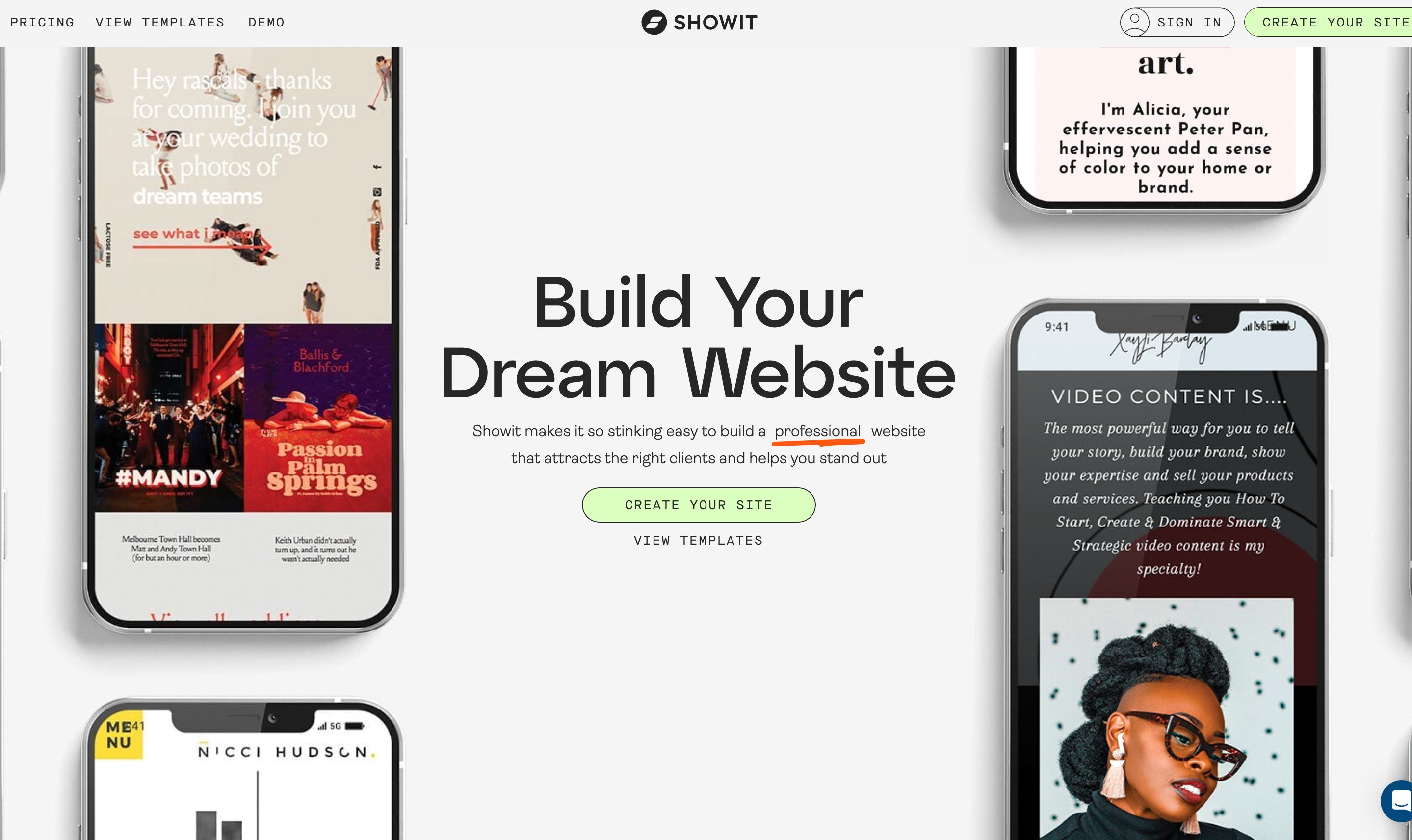
Known for its drag-and-drop interface, Showit offers great design flexibility, making it ideal for website owners and affiliate marketers focused on visual content. It’s particularly popular among photographers, designers, and bloggers.
Webflow
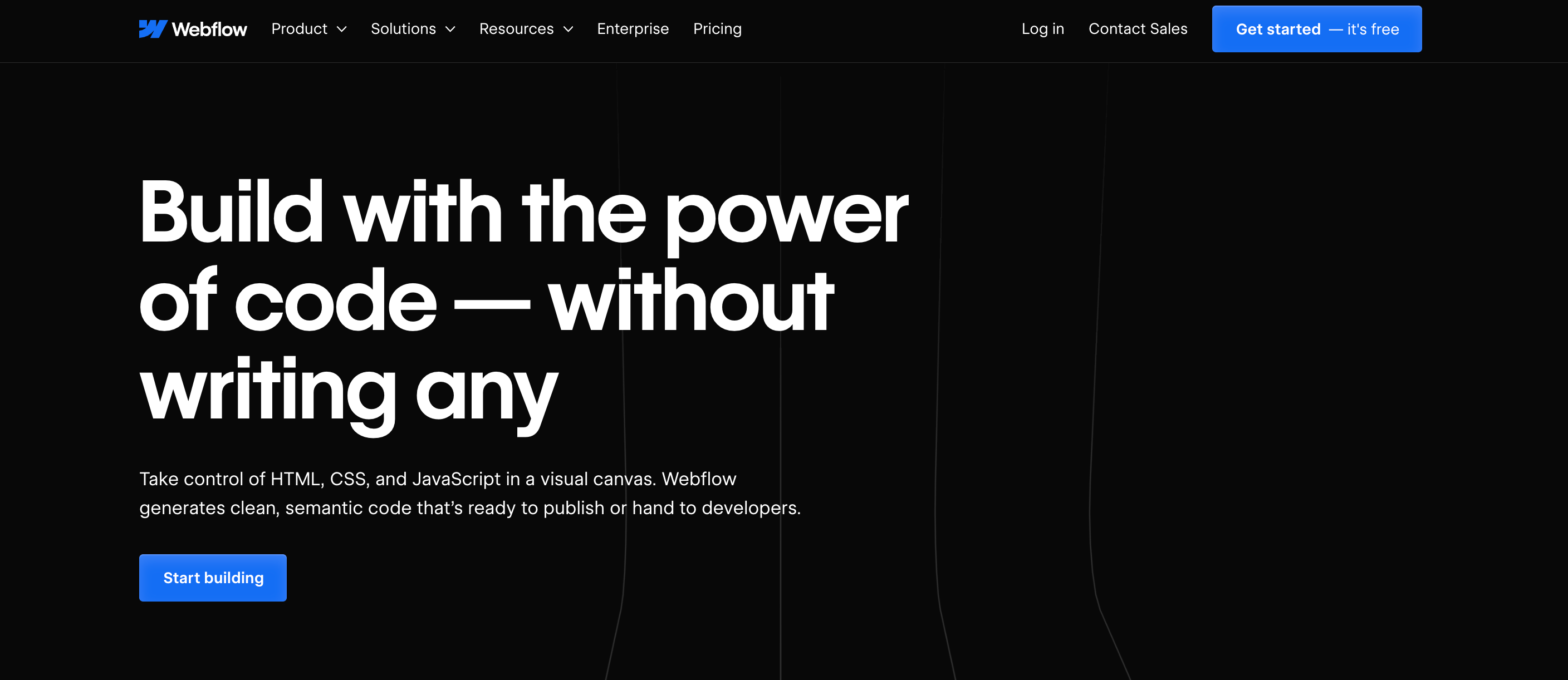
Webflow combines the design capabilities of a visual editor with the functionality of CMS and hosting. It’s a good choice for affiliates who want complete control over their site’s design and functionality without needing to write code.
GoHighLevel
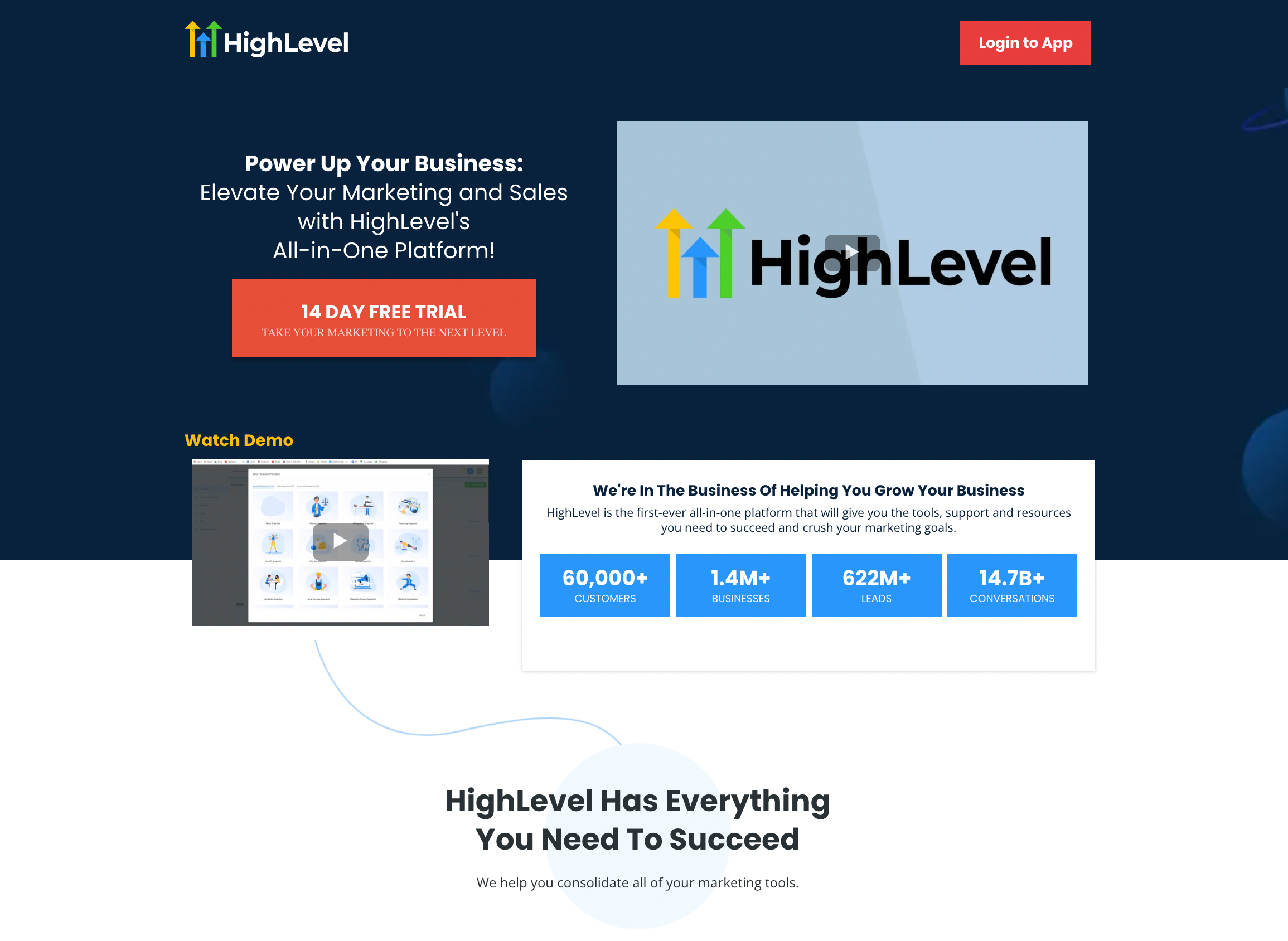
This all-in-one marketing platform is designed for marketers and agencies to manage their campaigns, CRM, and websites in one place. It’s suitable for affiliate marketers who want to offer additional marketing services or manage multiple projects.
Each of these platforms offers unique advantages depending on your technical expertise, design preferences, and specific needs as an affiliate marketer. Whether you choose Showit for its design flexibility, Webflow for its comprehensive web development tools, or GoHighLevel for its all-in-one digital marketing and solutions, make sure that your chosen platform supports your affiliate marketing strategy. Remember, the key is to provide value through your content, engage your audience meaningfully, and comply with best practices and guidelines to build a sustainable affiliate marketing business.
Conclusion
Becoming an affiliate marketer with the Amazon Associates program opens up a world of potential for earning commissions by promoting products you believe in, even without the conventional asset of a website. This may just be the start of your becoming a digital entrepreneur!
FAQ: How to sign up for amazon affiliate program without website
Q1: Can I use Amazon affiliate links without owning a website?
Absolutely! While having a website is common for affiliate marketers, it’s not a prerequisite for joining the Amazon Affiliate Program. Amazon allows you to share affiliate links through various platforms, such as social media, email newsletters, podcasts, and video content on platforms like YouTube, as long as you comply with their guidelines and those of the platforms you’re using to create affiliate links.
Q2: Can I get affiliate links without a website?
Yes, you can obtain and share Amazon affiliate links without having a website. Once you’re accepted into the Amazon Associates program, you can generate affiliate links for products and share them through approved channels like email, social media, blog post, or content platforms like Medium, ensuring you meet Amazon’s and the respective platform’s policies.
Q3: How do I become an Amazon affiliate without a large following?
Joining the Amazon Affiliate program does not require a large following. What’s important is the quality of your content and your ability to create links to engage and provide value to whatever audience size you have. When applying to affiliate networks, focus on how you plan to promote their products and your content.
Q4: What qualifies you to be an Amazon affiliate?
To qualify for the Amazon Affiliate program, you need to have a platform to share content and affiliate links, such as a YouTube channel, a social media platform, account, or email newsletter. Amazon looks for affiliates who can create quality content, engage with their audience, and adhere to their program’s guidelines. Your ability to promote products in a way that provides value to your audience is key, regardless of the size of your platform or following.
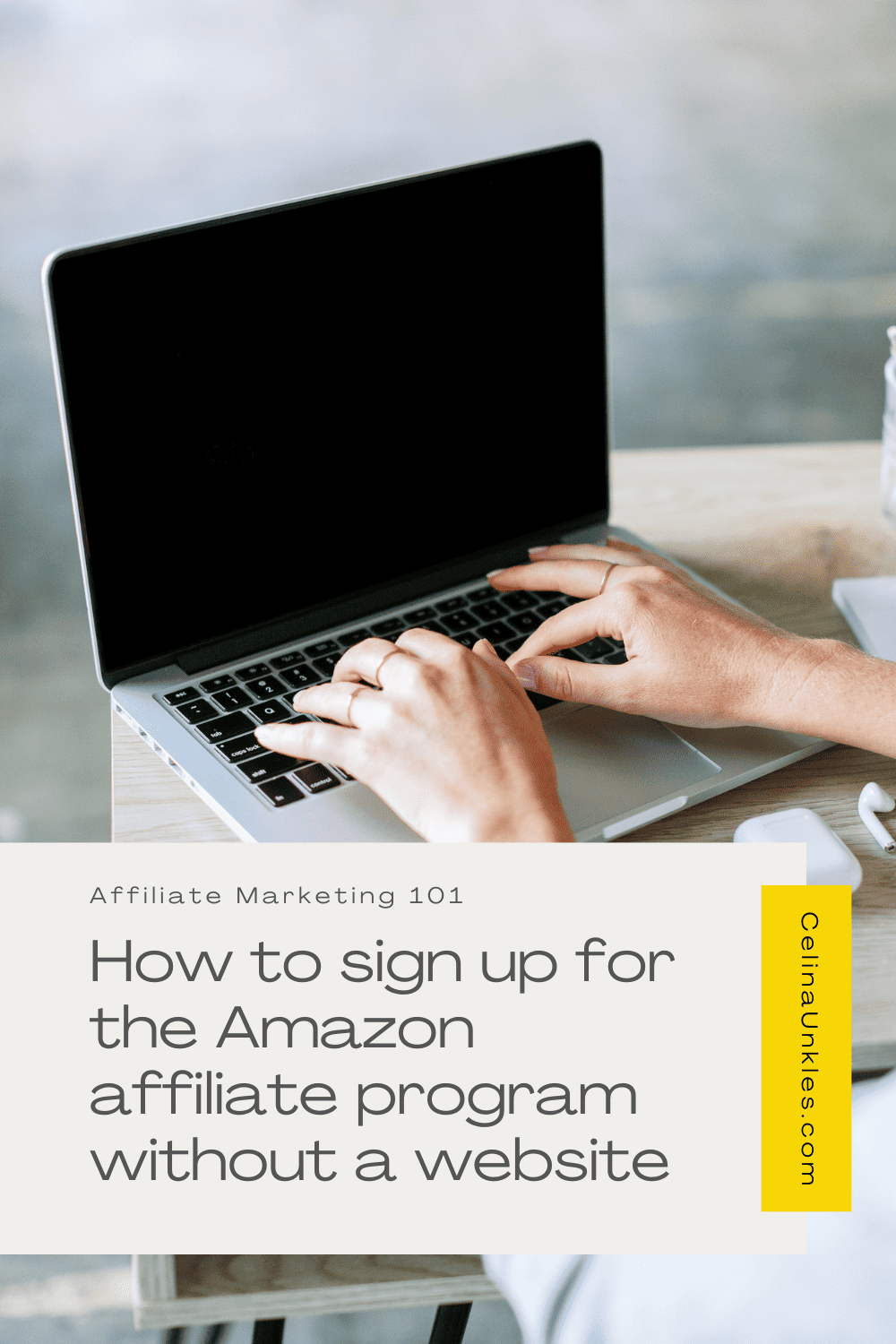
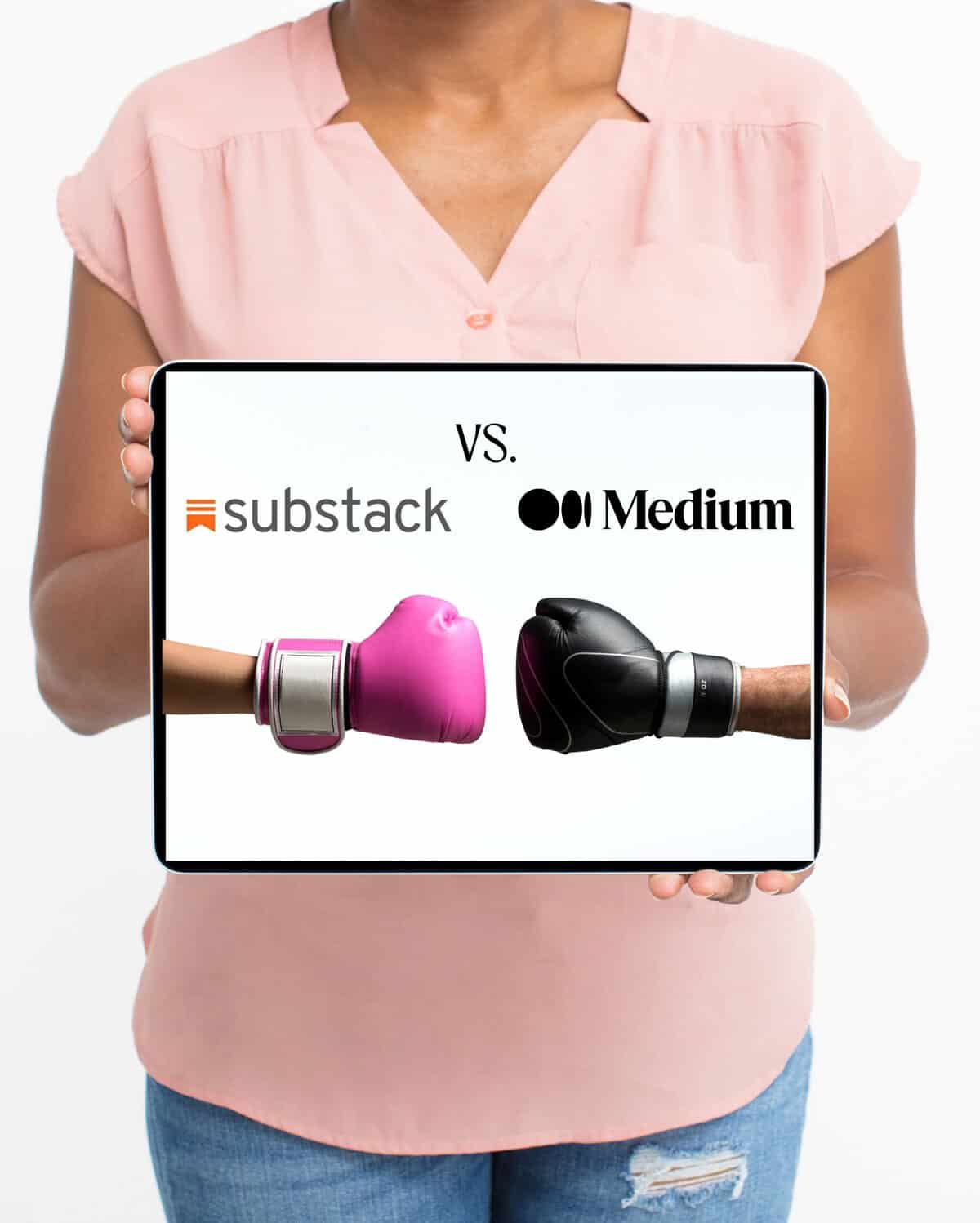
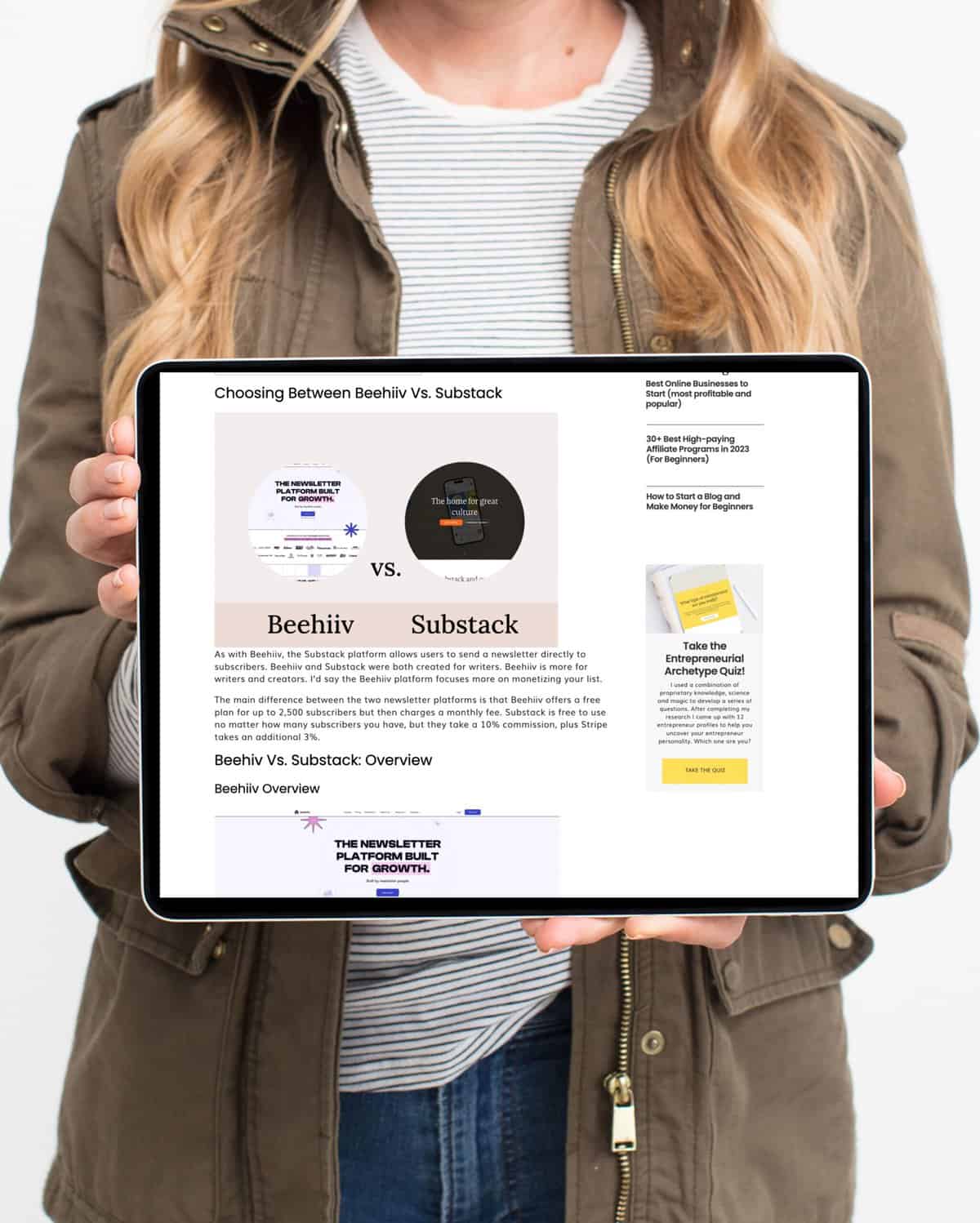



+ show Comments
- Hide Comments
add a comment